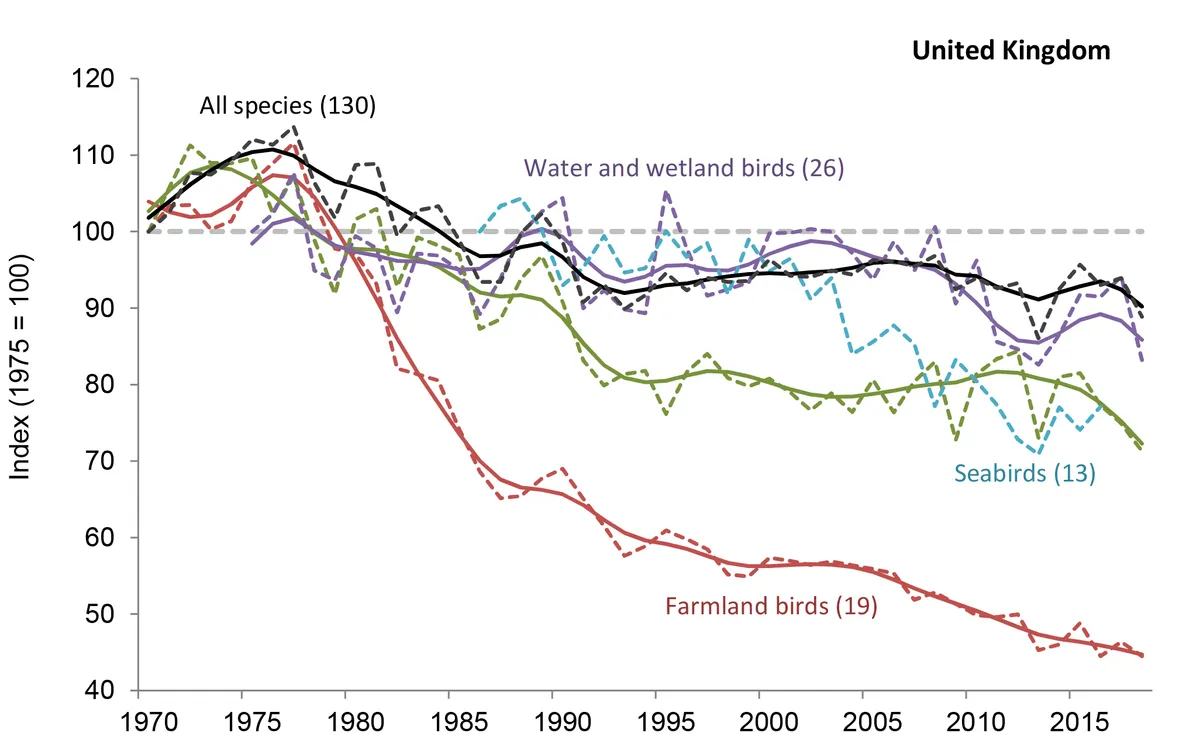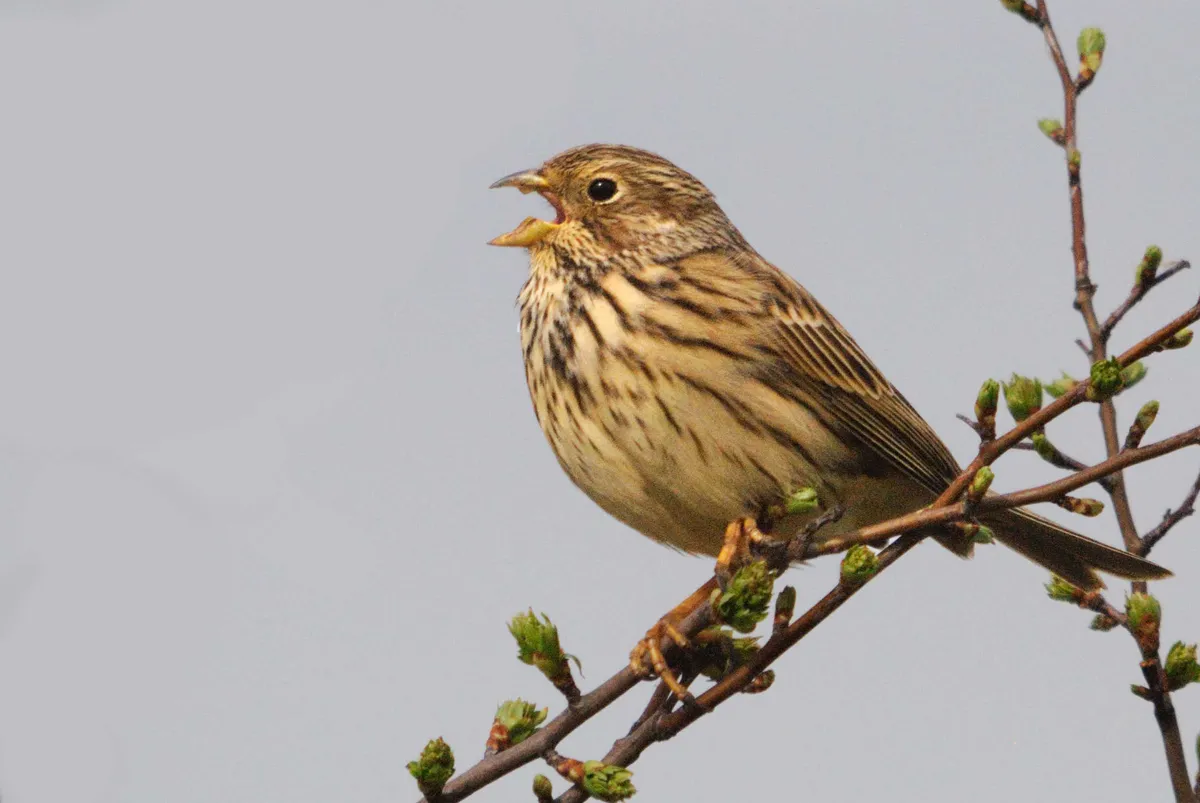The latest Wild Bird Populations in the UK, 1970-2018 report has been published by the British Trust for Ornithology (BTO), analysing the populations of British birds. Skylarks and song thrushes show short-term increases, but some birds such as turtle doves are in steep decline.
"Despite a wide range of pressures continuing to affect many of our UK bird populations, and driving declines in many of our habitat specialists, there are a few positive stories where species could be responding to more nature-friendly management and spreading northward to suitable landscapes," says Dr David Noble, principal ecologist at the BTO.
The Wild Bird Population’s report is an annual stocktake of a number of ‘indicator’ species. These are birds whose population status is thought to reflect the health of their environment.
Their presence, absence, or abundance serves as a measure for the environmental conditions of our different landscapes and habitat types, which in this report includes farmland, woodland, breeding wetland, wintering wetland and marine and coastal habitats.

As well as specific species groups for each of these habitats, the report measures the population of an “all species indicator”, which is a number made up of trends for 130 different widespread bird species.
This all species indicator tells a mixed tale. It shows that over the long term, from 1970 to 2018, the positives and negatives are more or less balanced, with 29 of the 130 species on the up, and 28% of them experiencing decline.
In the short term (2012 to 2017) the story is similar, with 35% increasing and 33% in decline. Despite this, the index is still 11% down on it’s 1970 value.

Currently the woodland birds indicator is 30% lower than it was in 1970, and the farmland indicator is 45% lower. In both these landscapes the short-term picture is more positive however, with 32% of farmland bird species including the skylark, corn bunting, and linnet, showing increases.
One of the farmland birds that continues to decline is the turtle dove. In the 5 year period between 2012 and 2017, the turtle dove population has decreased by 51%, and has decreased by more than 90% since 1970.
The data used to create these various indices is collected almost entirely by volunteers participating in national bird monitoring schemes such as the Breeding Bird Survey (BBS) and the Wetland Bird Survey (WeBS).

As much as the report tells us about the state of our bird populations, the results are also significant to other British wildlife, as birds are an important indicator in themselves.
Because they occupy such a wide range of habitats, and respond quickly and sensitively to changing ecological conditions, they are thought to indicate the overall health of the ecosystem.
What this recent report tells us about the broad state of British wildlife is unclear, given the mixture of ups and downs, but at the very least, the news is not all bad.
Read the full report here.
Main image: Turtle dove. © Gary Chalker/Getty
